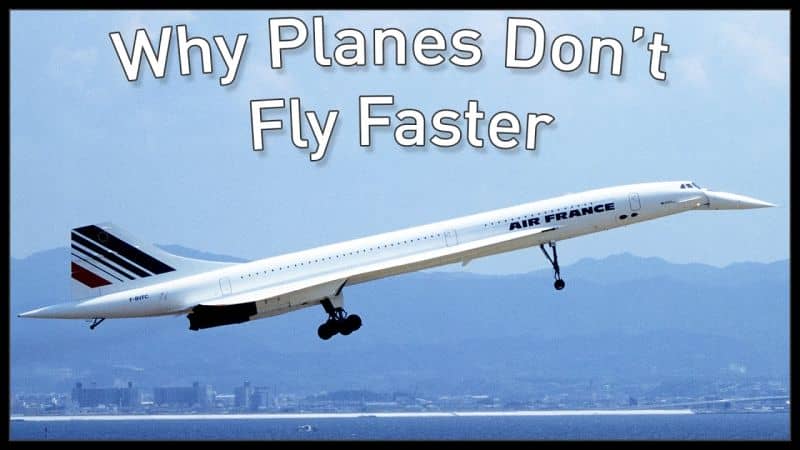Ever wonder why the airplane companies don’t make their planes go faster. Wouldn’t it be better if they arrive at their destinations earlier, and maybe squeeze in another trip? And it is a fact that modern-day planes don’t fly nearly as fast as they did 20, 30, even 40 years ago. So, what is going on?
The video below goes into details to explain the answer, which in short revolves around the fact that while flying at high speed is cool, the luscious greenbacks are even cooler! Most of the planes today are in a race to improve their aircraft’s fuel efficiency, and this became even more important when the oil prices rose during the Iraq war.
The manufacturers of the modern planes have switched their engines from the likes of turbojets and moved to turbofans, which is a good thing! Today’s 80%+ bypass turbofan engines are nothing short of a miracle of engineering.
In layman’s terms, the early commercial jets expelled nothing but hot air to produce thrust, which meant lots of pollution and noise. But today, almost all of the thrust comes from the engine core driving a shaft to the front of the engine nacelle and spinning a small set of large blades, which is essentially a big shrouded propeller. This is the reason why modern engines look so big, even though the actual jet internals are more compact than ever.
The “Cold air” moves the planes forward, leading to much quieter and more efficient operations than the older planes which are still pretty quick.
An awesome tradeoff indeed!

